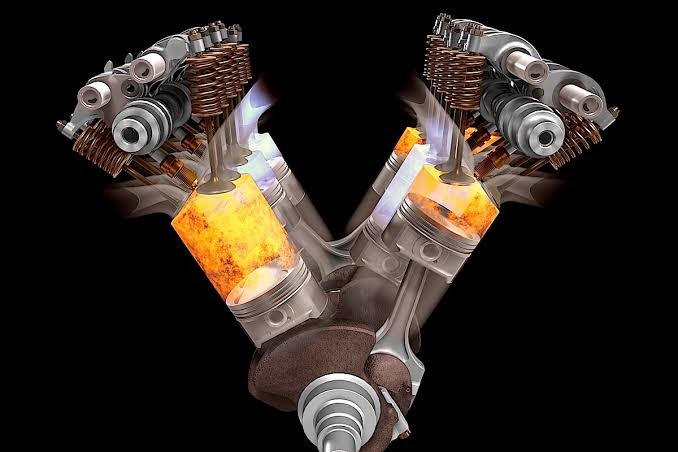Variable displacement engines are a type of automobile engine technology that can change the engine displacement by deactivating some of the cylinders under light-load conditions.
This can improve the fuel economy and reduce the emissions of the engine, while still providing full power when needed. Variable displacement engines are also known as cylinder deactivation, active fuel management, or multi-displacement systems.
How Do Variable Displacement Engines Work?
Variable displacement engines work by shutting off the intake and exhaust valves of some of the cylinders, usually half of them, when the engine is operating at low speed or load. This prevents the air and fuel from entering and exiting the deactivated cylinders, creating an “air spring” effect that reduces the pumping losses and increases the efficiency of the remaining cylinders. The fuel injection and ignition are also cut off for the deactivated cylinders, saving more fuel.
The transition between full and partial displacement is controlled by the engine management system, which uses various sensors and actuators to monitor and adjust the engine parameters. The transition is also smoothed by changing the ignition timing, cam timing, and throttle position to avoid any noticeable changes in performance or noise. The engine can switch between full and partial displacement in a fraction of a second, depending on the driver’s demand.
Read Also: A Comprehensive Guide to Understanding the Essential Parts of an Engine
What Are the Benefits of Variable Displacement Engines?
The main benefit of variable displacement engines is that they can reduce the fuel consumption and emissions of the engine by up to 25% in highway conditions. This is because they can operate at a higher air-fuel ratio and lower throttle opening when some of the cylinders are deactivated, reducing the pumping losses and improving the combustion efficiency. Variable displacement engines can also improve the performance and responsiveness of the engine by providing full power when needed.
Another benefit of variable displacement engines is that they can reduce the noise and vibration of the engine by balancing the firing intervals and eliminating the uneven combustion pulses. This can improve the comfort and refinement of the vehicle, especially for large-displacement engines that tend to be louder and rougher at low speeds.
What Are the Drawbacks of Variable Displacement Engines?
One of the drawbacks of variable displacement engines is that they can increase the complexity and cost of the engine design and manufacturing. Variable displacement engines require additional components, such as solenoids, valves, springs, lifters, or pushrods, to enable or disable the cylinders. These components can add weight, friction, and wear to the engine, as well as increase the potential for failure or malfunction.
Another drawback of variable displacement engines is that they can have limited applicability and effectiveness for certain driving conditions and vehicle types. Variable displacement engines are most effective for large-displacement engines that operate at low speeds or loads for long periods, such as highway cruising. However, for small-displacement engines that already have high efficiency or for vehicles that have frequent acceleration or deceleration, such as city driving, variable displacement engines may not provide significant benefits or may even increase fuel consumption due to frequent switching.
Read Also: The Importance of Timing Belt Replacement: Preventing Engine Damage and Costly Repairs
Conclusion
Variable displacement engines are a type of automobile engine technology that can change the engine displacement by deactivating some of the cylinders under light-load conditions. This can improve the fuel economy and reduce the emissions of the engine, while still providing full power when needed. Variable displacement engines have several benefits, such as reducing pumping losses, improving combustion efficiency, reducing noise and vibration, and improving performance and responsiveness. However, variable displacement engines also have some drawbacks, such as increasing complexity and cost, adding weight and friction, increasing potential for failure or malfunction, and having limited applicability and effectiveness for certain driving conditions and vehicle types.

Comments (0)
Please login to join the discussion
Be the first to comment on this article!
Share your thoughts and start the discussion